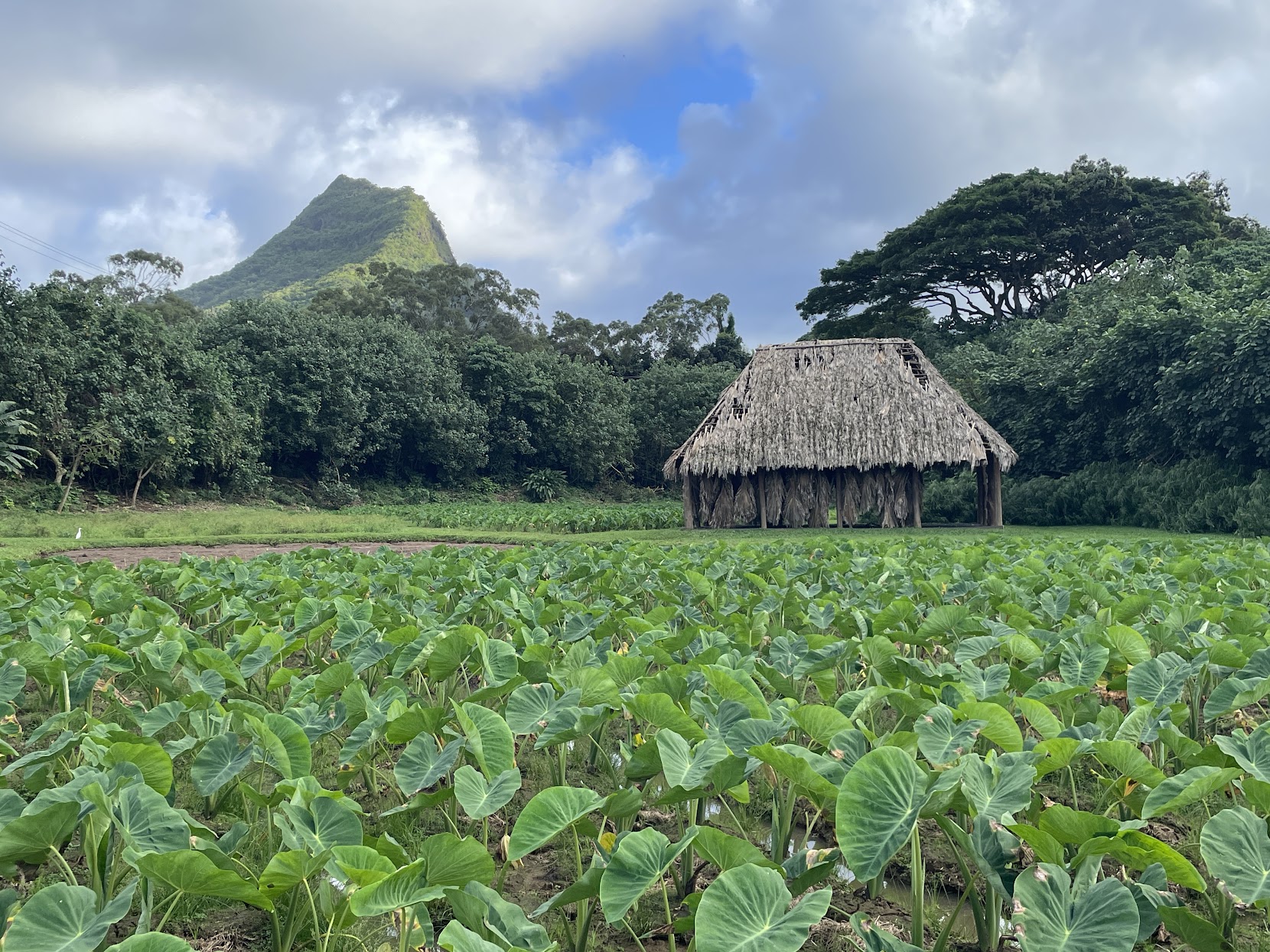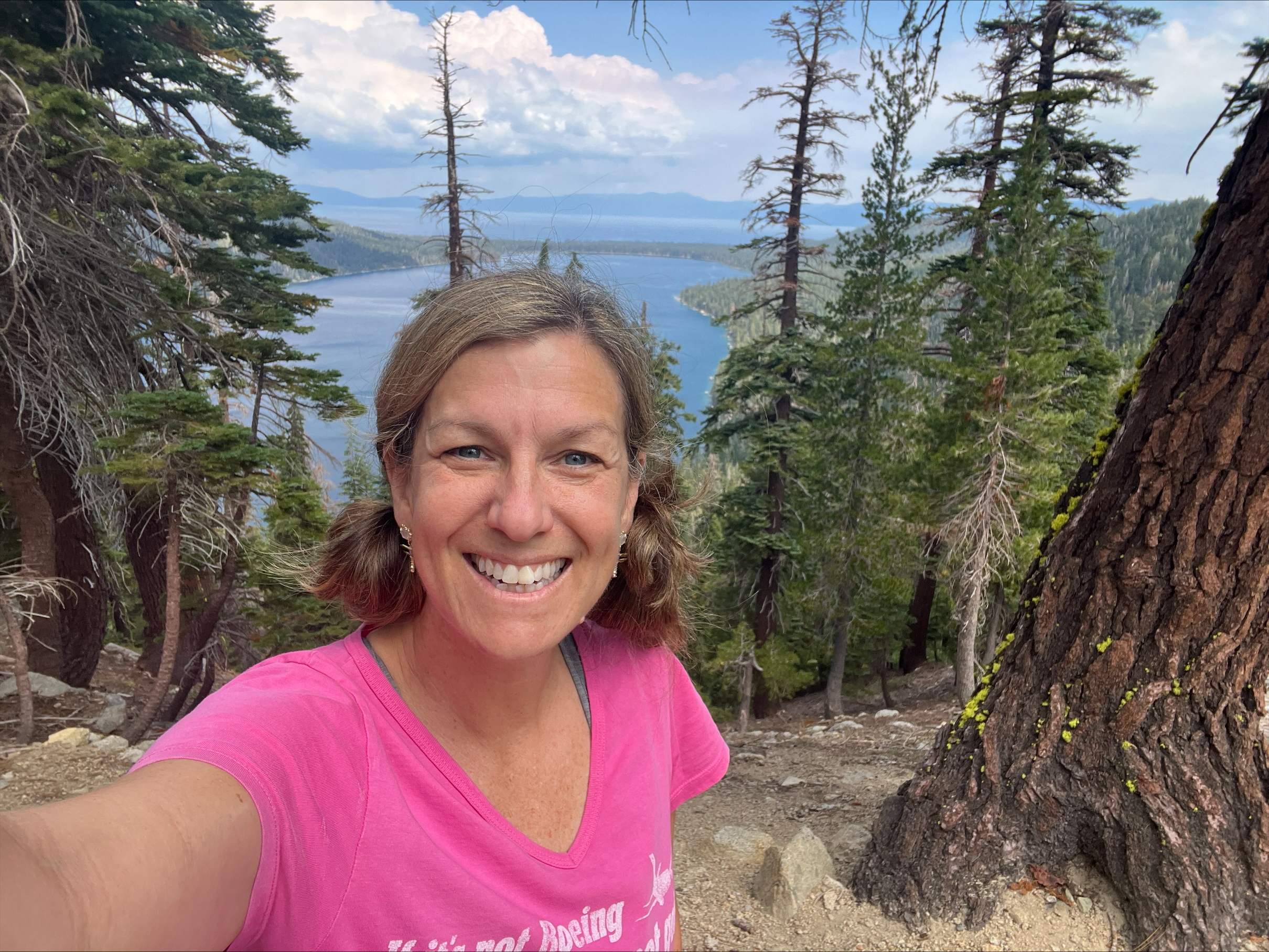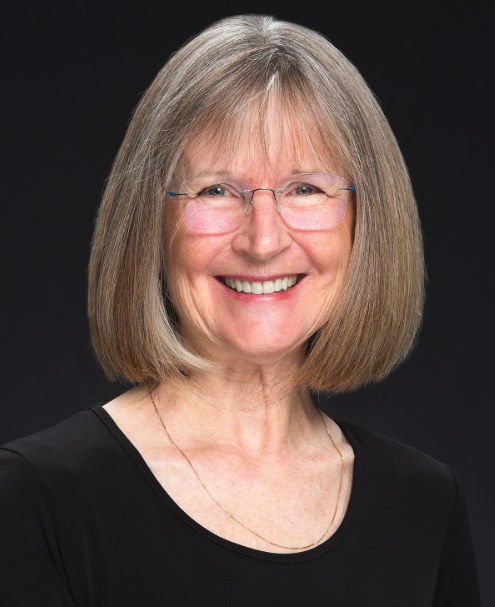If for some reason you wish to study that peculiar state of human existence called “the blahs,” I suggest you begin in the third week of February in Michigan. It’s been winter for as long as we can remember here, and we still have a long way to go. Coats and boots are routine, slippery roads a fact of life. We face another snow-dump with a resigned shrug. Today the sky is a shade of gray that doesn’t even count as a color. The filthy slush on the roads does not rise to the dignity of brown.
It’s the middle of a middle month of winter, a fact that seems to make the calendar sag with the weight of it. And this year, it’s also Lent. We’re two weeks in, just far enough for a sigh and a twinge of mild discomfort from whatever little deprivations we have devised for ourselves. At church we can expect to hear about repentance, the wilderness, conflict with the Pharisees, sin, and failure for several more weeks.
At my college, it’s also the fourth week of the semester. The anxious awkwardness of the first days has worn off, thankfully, but by now we’ve got the yoke firmly in place for the long pull ahead. Naturally, some viral plague is going around, so students and professors are struggling along, sick enough to feel lousy but not so sick that they can legitimately put off the work. Spring break is weeks away.
 In my household this week, atmospheric conditions degraded into a perfect storm of blah. My husband is up to his ears in work. My college-age daughter had four tests. I soldiered through the week as best I could with a sore throat and sinus pain. My high school senior neglected his homework in order to juggle two different competitions, a college audition, a youth symphony performance, a college interview, a rehearsal, a show—stress beyond the breaking point can collapse into blah. At least my eighth grader and the dog remained fairly cheerful. Although one of them did complain bitterly about having to get a haircut. And it wasn’t the dog.
In my household this week, atmospheric conditions degraded into a perfect storm of blah. My husband is up to his ears in work. My college-age daughter had four tests. I soldiered through the week as best I could with a sore throat and sinus pain. My high school senior neglected his homework in order to juggle two different competitions, a college audition, a youth symphony performance, a college interview, a rehearsal, a show—stress beyond the breaking point can collapse into blah. At least my eighth grader and the dog remained fairly cheerful. Although one of them did complain bitterly about having to get a haircut. And it wasn’t the dog.
And then there are taxes. We still have to finish the taxes.
 Maybe God invented February to challenge our spiritual resilience. If every season of the year were sunshine and Easter lilies, would we ever build the strength we need for the real sorrows and troubles of life? Maybe February is a kind of practice wilderness, where we face the easier temptations of self-pity, apathy, sloth, disengagement, and discouragement in order to limber us up for the bigger deadlies, at whatever season they might appear. After all, before the Lord became desperately hungry and thirsty in the desert, he was probably dreadfully bored.
Maybe God invented February to challenge our spiritual resilience. If every season of the year were sunshine and Easter lilies, would we ever build the strength we need for the real sorrows and troubles of life? Maybe February is a kind of practice wilderness, where we face the easier temptations of self-pity, apathy, sloth, disengagement, and discouragement in order to limber us up for the bigger deadlies, at whatever season they might appear. After all, before the Lord became desperately hungry and thirsty in the desert, he was probably dreadfully bored.
Maybe. But I worry about the people for whom the February blahs feel like another pile of heavy slush on their already sagging spirits. People fighting serious illness or the diminishment of aging or their own inner demons—do they really need this dead spot in the year to make it all worse? I wish these people could leap right over, past the weather tantrums and potholes of March to the high fluffy clouds and soft breezes of April, to the jaunty tulips and the smell of awakening soil.
 For those of us remaining here in the blah of February, I wonder if this is a good time to lower our thrill threshold and cherish again the smallest mercies and delights. Yesterday, my son and I each crawled happily back into our beds at 7 a.m., granted a surprise bonus Sabbath by a school cancellation. Later, settling down with my morning tea at my desk by the window, I spotted a pair of crazy cardinals cavorting in the middle of a snow squall. They knew the wind would quiet in a half hour, so they were just showing off. Later still, I managed to wrangle a finicky old snow blower, successfully removing snow from the driveway while simultaneously showering myself like a flocked Christmas tree. And even my son had to agree that his haircut turned out great.
For those of us remaining here in the blah of February, I wonder if this is a good time to lower our thrill threshold and cherish again the smallest mercies and delights. Yesterday, my son and I each crawled happily back into our beds at 7 a.m., granted a surprise bonus Sabbath by a school cancellation. Later, settling down with my morning tea at my desk by the window, I spotted a pair of crazy cardinals cavorting in the middle of a snow squall. They knew the wind would quiet in a half hour, so they were just showing off. Later still, I managed to wrangle a finicky old snow blower, successfully removing snow from the driveway while simultaneously showering myself like a flocked Christmas tree. And even my son had to agree that his haircut turned out great.





